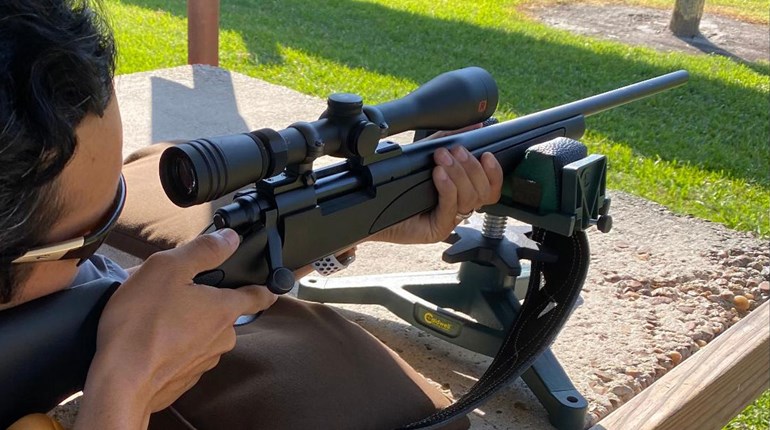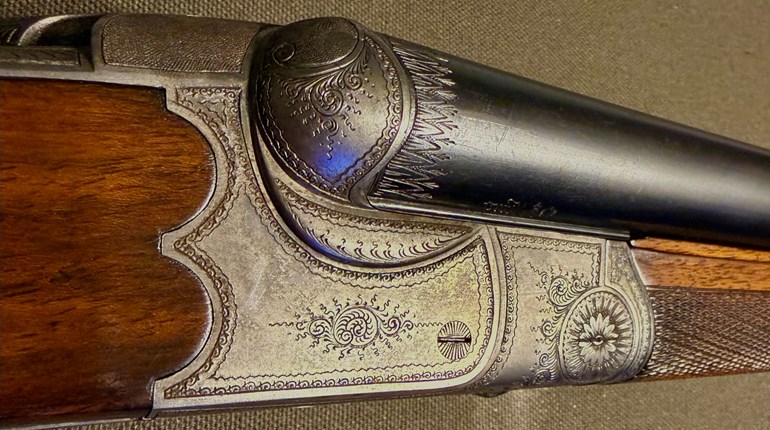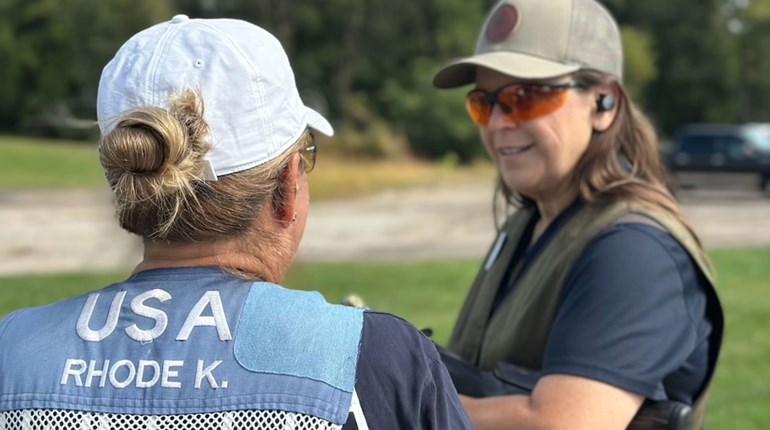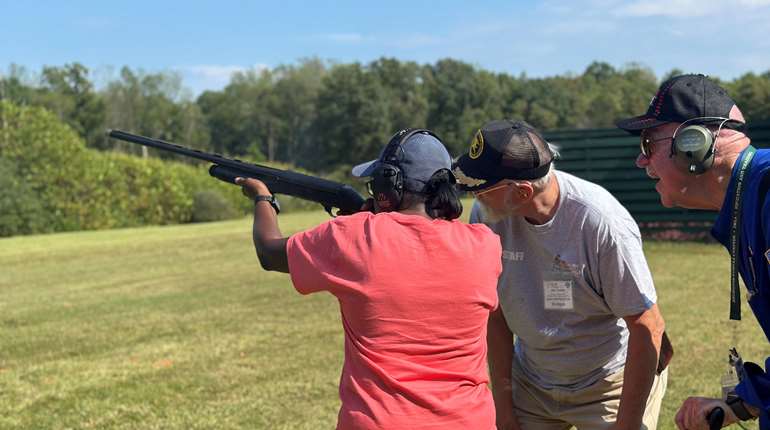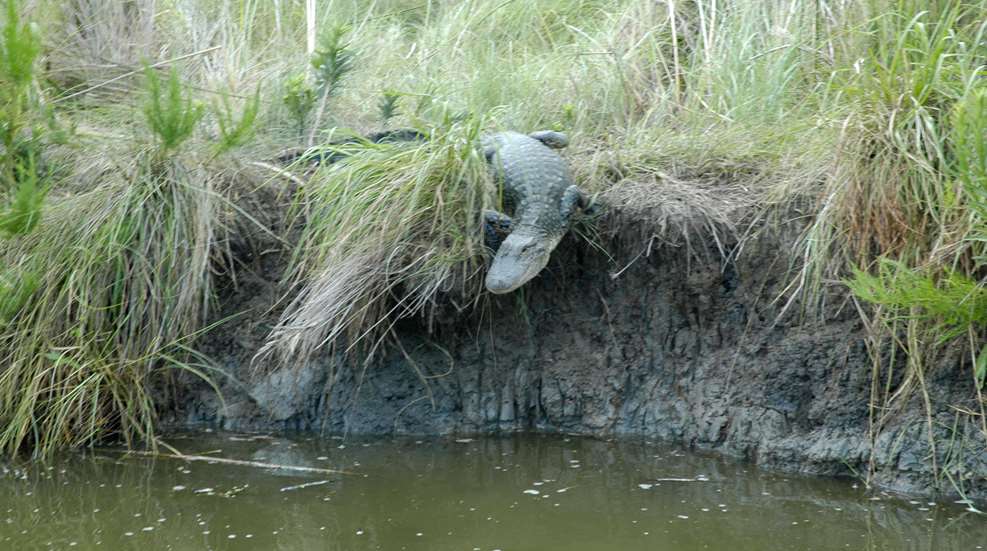
Alligator hunting is a combination of excitement, adrenaline, terror and amazement. It is a feeling of true shock and awe when you come face-to-face with a living dinosaur!
Alligators have existed for approximately 37 million years, showing up in the late Eocene epoch. Alligators belong to the genus Alligator of the family Alligatoridae of the order Crocodilia. There are two alligators belonging to this group, the American alligator (Alligator mississippienses) and the Chinese alligator (Alligator sinensis).

Alligators can reach lengths of 13 feet to 14 feet. The largest gator that was ever recorded was a world record gator caught in Alabama in 2014 measuring 15’ 9”, and weighed more than 1,000 pounds. Louisiana claims to hold the record of a 19’ 2” alligator caught in 1890, but cannot be verified. The largest alligators can weigh up to 1,000 pounds. Females rarely reach more than eight feet long, but I once helped remove a nuisance female alligator that was more than nine feet long.
Alligators are native to the southwestern United States along the Gulf Coast. They inhabit marshlands, swamps, lakes, rivers, or anywhere else where water accumulates. The difference between alligators and other apex predators is that they can live among us, yet never be seen. Imagine being within striking distance of a large alligator and not being aware of its presence. A 10-foot or larger alligator can often be found in very populated areas. These large predators are regularly found in the downtown area of Houston in Buffalo Bayou, and even in small drainage ditches.
My husband is a retired Texas game warden and he caught and relocated or dispatched hundreds of alligators in his nearly 30 years of service. I was lucky enough to join him on many nuisance alligator calls and hunts. He always joked that you could put a bucket of water on a driveway in Houston and you would have an alligator in it within a week.
Every part of the alligator can inflict injury to a careless hunter or any other person wandering too close to the water’s edge. Many duck hunters have lost their favorite retrievers to lurking alligators during warm spells during the season. Alligators are reptiles and are cold-blooded. This means that their internal body temperature is dependent upon the outside air and water temperatures. These predators do not hibernate as mammals but go through brumation. Brumation is the process of slowing down the metabolic process. This means that when the temperature rises, so do the gators! That is why you should never lower your guard when in alligator country.
Alligators have between 70 and 80 teeth in the most powerful jaws of any predator. Their jaws can close an impressive 3,000 lbs. per square inch. They also have 20 sharp claws and a very powerful and explosive tail that can break bones. The most dangerous thing about an alligator is their stealthiness. Remember, it is not the alligator you can see you need to be worried about, it is the one you do not see!
Depending on the state, alligator season in the southeastern United States starts in August and ends in September, with Louisiana going until November 1. Also, depending on the state, there are numerous means and methods legal for taking alligators. These include line sets, firearms, air guns, arrow guns, bow and arrow, gigs, spear, harpoon and snares. Line sets, also known as hook and line or alligator sets, are the most common method of hunting dinosaurs.

Licenses, Permits and Tags
Alligators are a state and federally regulated species. Each state that allows alligator hunting requires either a license or permit. Some states just require a general hunting license, whereas others have a specific alligator license. Additionally, some states have multiple alligator hunting seasons that dictate when the hunter must get the appropriate tags.
Alligators are federally regulated. Every alligator must be tagged with a Convention on International Trade in Endangered Species (CITES) tag. CITES is an international agreement between governments to ensure that international trade in wild animals and plants does not threaten their survival. CITES tags are affixed near the end of the alligator’s tail. In Texas, during the regular or “core season,” the tag must be in hand before you set your line. During the Texas non-core season, the hunter takes the alligator, fills out a hide tag report, and the Texas Parks & Wildlife Department sends the hunter a CITES tag.

Pre-Hunt
If you are planning to go alligator hunting, it is important to do your pre-hunt scouting of the area. You need to look for evidence of alligators by looking for “slides.” Slides are areas along the bank where alligators leave the water to sun themselves on land. These are either muddy areas or spots where the reeds are laid over. Slides look like ramps that lead to the water.
It is also important to look for the presence of alligators. You will either see them on the bank or can spot their eyes and nose just above the water. If you are looking for a large alligator, do not expect to see many of them in the area. This is because the larger alligators prey upon the smaller ones. Once alligators reach around nine feet in length, these are usually the males and tend to be more solitary.

Alligator Set
The alligator set you make determines the size of the alligator you might catch. The set consists of a stout line, large hook and fermented raw chicken. If you are looking for a trophy alligator, you will need to place half of a chicken in a bucket of water and allow it to sour for a couple of days.
When you find a good spot with alligator sign, either tie your line off to a tree or stake in the ground. Take a 10-foot to 12-foot cane pole and stick one end in the ground with the free end suspended over the water. You then need to attach the line to the open end of the cane over the water with the hook with the chicken. Attach the line to the cane with a heavy rubber band or light wire so that when an alligator grabs the bait, it pulls free of the cane. The higher off the water the bait is suspended, the larger the gator you will catch.
Checking Sets
When checking the sets, approach slowly if you see the line in the water or pull off the cane. If you are on the bank and are checking your set on foot, you could unsuspectingly walk up on the alligator if it left the water and is hiding in the reeds or brush. If you are checking your set from a boat and the alligator is in the water, if you approach too quickly, it could excite the animal to where it might pull free.
If the alligator is in the water, it is as simple as “crab lining” the head to the surface. Sometimes the gator thrashes violently when it reaches the surface, and it turns into a tug-of-war! The alligator can easily be dispatched with a .22 LR by either aiming at the center of the spine, directly behind the skull plate where the base of the skull meets the neck or directly on top of the head. Many hunters opt for the .22 WMR (magnum). Be careful using a large-caliber firearm if you plan to save the skull. Of all the different-sized gators my husband had to dispatch over his career, and those I have taken while hunting, we have never used anything larger than a .22 LR.

Processing
Once you kill the alligator, you must next process the carcass. There is good meat in the jaws, front legs and rear legs. The most sought-after meat though is in the tail. Alligator meat is white meat and very good to eat. It has a flavor that everyone needs to try!
The head of the gator is often kept as a trophy. It can be done with skin on or off the skull. The skin is often processed into leather for purses, wallets, boots or as a “rug.” You need to decide ahead of time what you want because it determines how the animal is skinned. If you are looking for a wall skin or rug, you want to Hornback the hide, where you split the skin up the belly. If you are looking to process into other items, most people belly-skin it, where the cut is made down the back.
Every hunter should plan to take at least one alligator to add to their collection! There is something about entering the world of a living dinosaur and leaving with a prehistoric trophy. These are the memories of a once-in-a-lifetime hunt.












